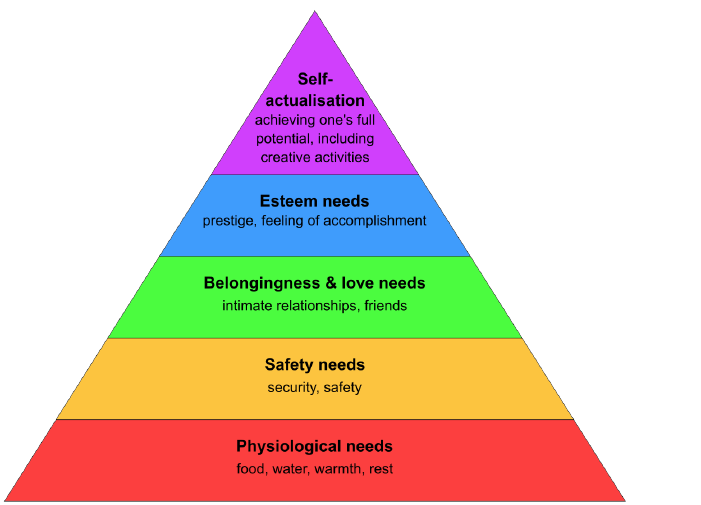Collective Intelligence
Lorenzo Patuzzo is Project Lead at the Akasha Hub in Barcelona. Lorenzo was first-hand involved in the first steps on the development of Ethereum. In his seminiar he explained us his story, work and collaborations.
Introduction
Lorenzo presented his work on blockchain as creating a different paradigm for the society. Society has a layered operational system in which one does not cross a red-light, one goes to work and one pays his bills. A series of interesting questions and statements he proposed us:
- "Is society getting better or worse?"
- "Was society 50 years ago better or worse than now?"
- "There used to be more wars in the past than nowadays but we didn't know,
now we do know but we forget them." - "What if we had the option to vote every four minutes instead of every four years?"
- "What's the line between moderation and censorship?"

Continuing on society's layering Lorenzo spoke about Bitcoin's origin and ideology. Assumably invented and written down by Satoshi Nakamoto Bitcoin's goal was to decentralize and de-institutionalize financial transactions. Sharing this same ideal Lorenzo (as art director) was 1/13 of the original Ethereum Foundation collaborating at Calafou and several locations in Switzerland.
Smart Contracts
Examples of Smart Contracts can be found on Chain.link's, Buildspace.so, IOHK's Cardano and Ethereum World. On all of these platforms people are free to suggest adjustments (e.g. EIP) and build on the networks, either via developping, voting or creating their own solutions. In this way the softwares serve as organizations themselves instead of being 'owned'. Guillem explained a few of these scenarios as possibilities for turning into Web 3.0.
Oracles
As Lorenzo touched on, the interaction between analog, real-life world and encrypted, digital world is one of the cruxes in the current state of blockchain development. In practical sense a case for this problem could be formulated as: How do we validate that a farmer plants a tree if someone provides him so via a smart contract? And if we somehow can, how do we ensure this will be sustained on long-term?
Transaction
After the session the question came to mind about how much energy a transaction consumes in comparison to current fintech solutions (e.g. SWIFT, VISA or Paypal). Chris forwarded me the following stat:

Crypto clearly has difficulty being understood. As for me, I got introduced to Bitcoin at the start of the second year of my Bachelor studies in 2016 by a classmate who was extremely interested in the topic and later dedicated most of his time to it. I followed his endeavors together with the developments of the crypto space. The mysterious - or speculative, as critics call it - aspect of it kept me interested since then.
After having created wallets, listened to podcasts, setting up an NFT and attending some corporate presentations on the topic I still have not been able to find a suitable use of it that could funtionally be applied in (design) practize. However, I do suppose that it won't take much more time until some start-up or sortlike (larger) initiative arrises which offers en-masse crypto rewarding solutions for real-life/analogue (sensoric) data and interactions.

Session Akasha: 'Crypto Philosophy: What is Money?' March 17h, 2022
Dan, a software developer focussing on blockchain integration gave a presentation about the concept of money. Dan introduced money as medium of understanding and valuing things and efforts. A few interesting thoughts worth highlighting listed:
- Money literally gets dirtier over time. People give away the crumbled, cracked money and are hesistant to give away new, fresh money.
- Historically there was a time where gold was backed by grain. People were literally closer to nature and had a sense of understanding that ultimately hunger is always worse than greed and gold can't be eaten.
- Q: Why do governments not buy Bitcoin instead of inflating their currencies?
- Q: Hasn't Bitcoin already failed it's purpose because of the whales (= holders of largest amounts of the currency)?
A: It's true that ideally, those shouldn't exist. Though they do not affect BTC's goal, which is de-centralizing transactions.

Session Lorenzo: 'Crypto' May 12th, 2022
Imagining knowledge can fill gaps and connect approaches. Imagine yourself as mayor of Barcelona for a day and see in what way you walk different through the streets. How do things connect on which scales? What if entire MDEF.. IAAC.. or Barcelona was all in one version-controlled platform? Lorenzo and Guillem shared a lot of resources related to interconnectivity, distributed networks, Web3 and more. Via Akasha Hub Lorenzo works on the development of Ethereum World, in which this networking is being realized.